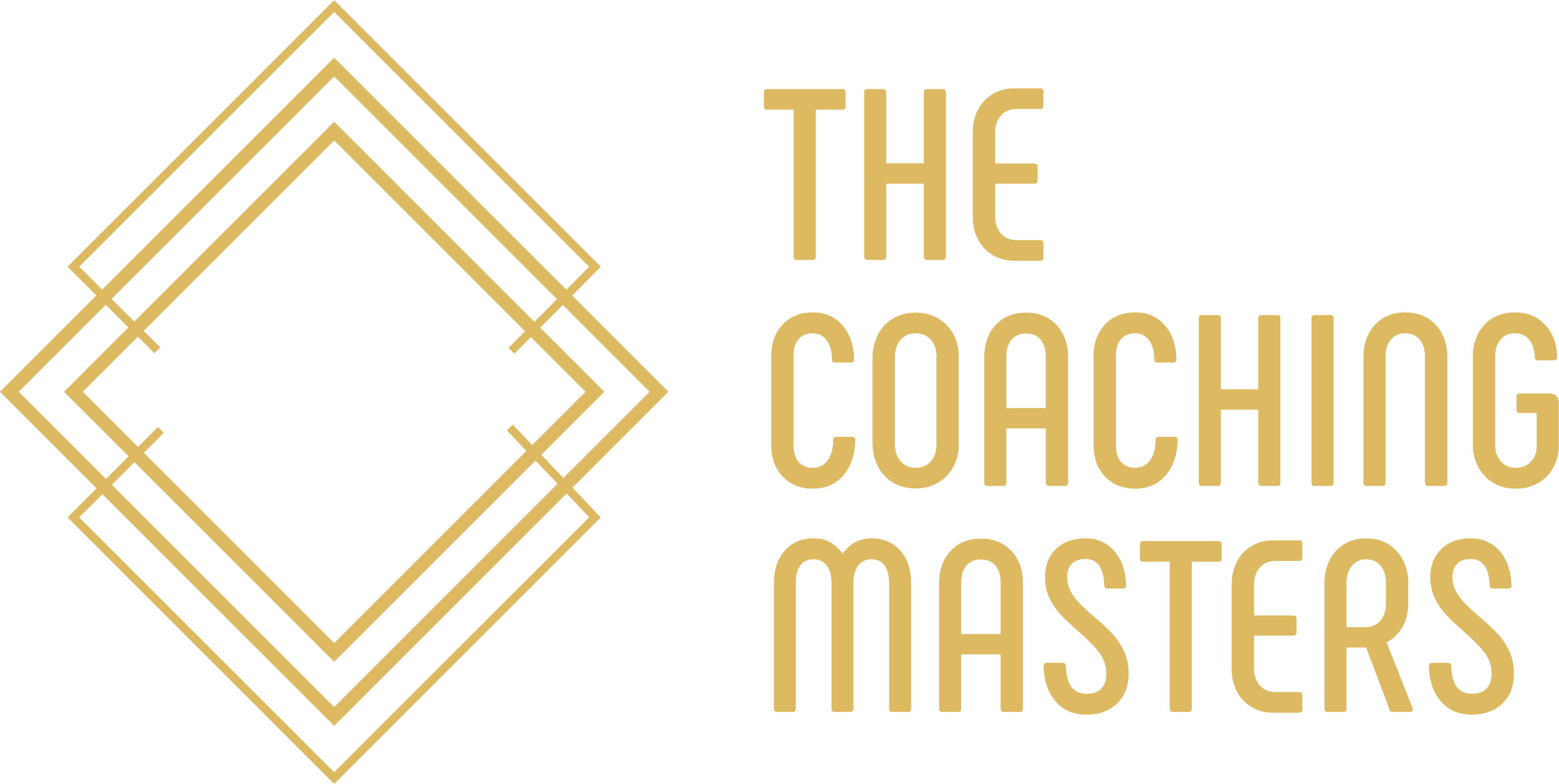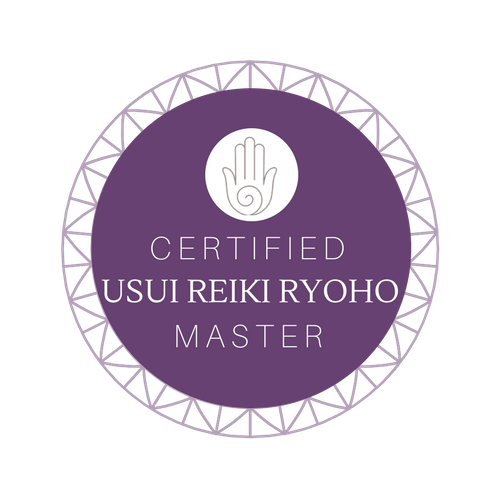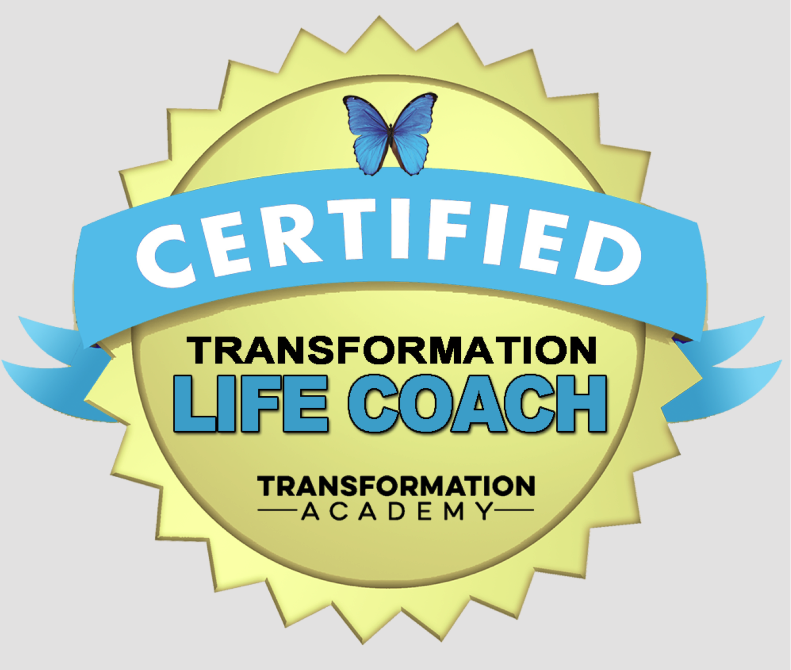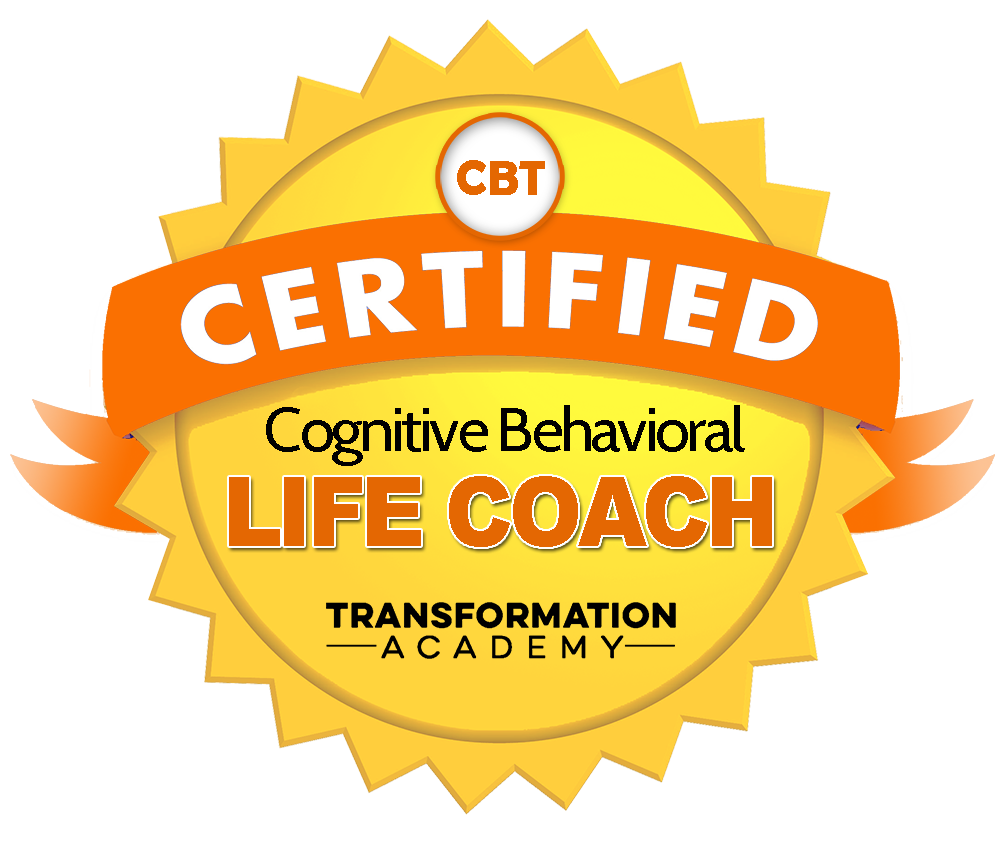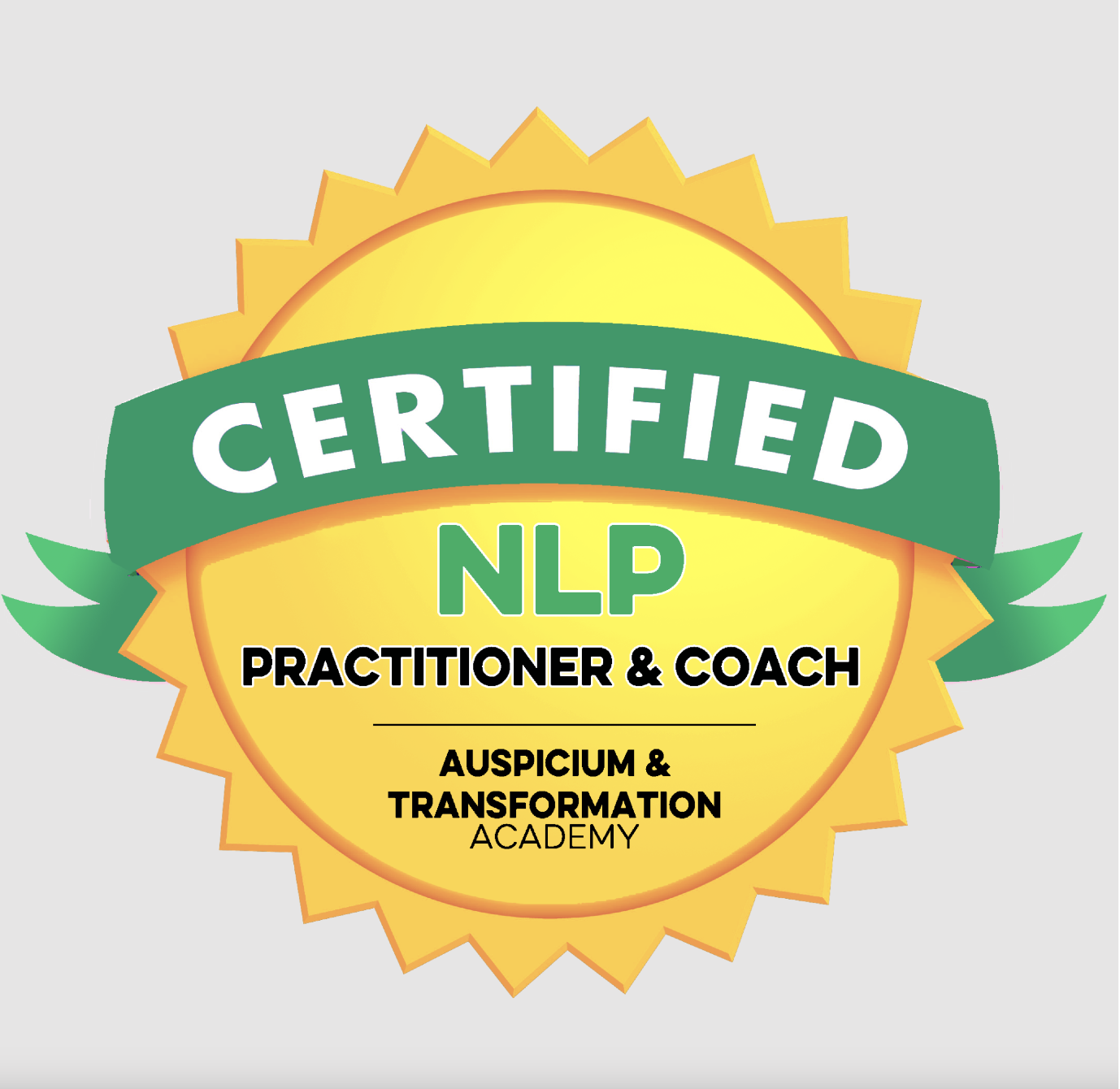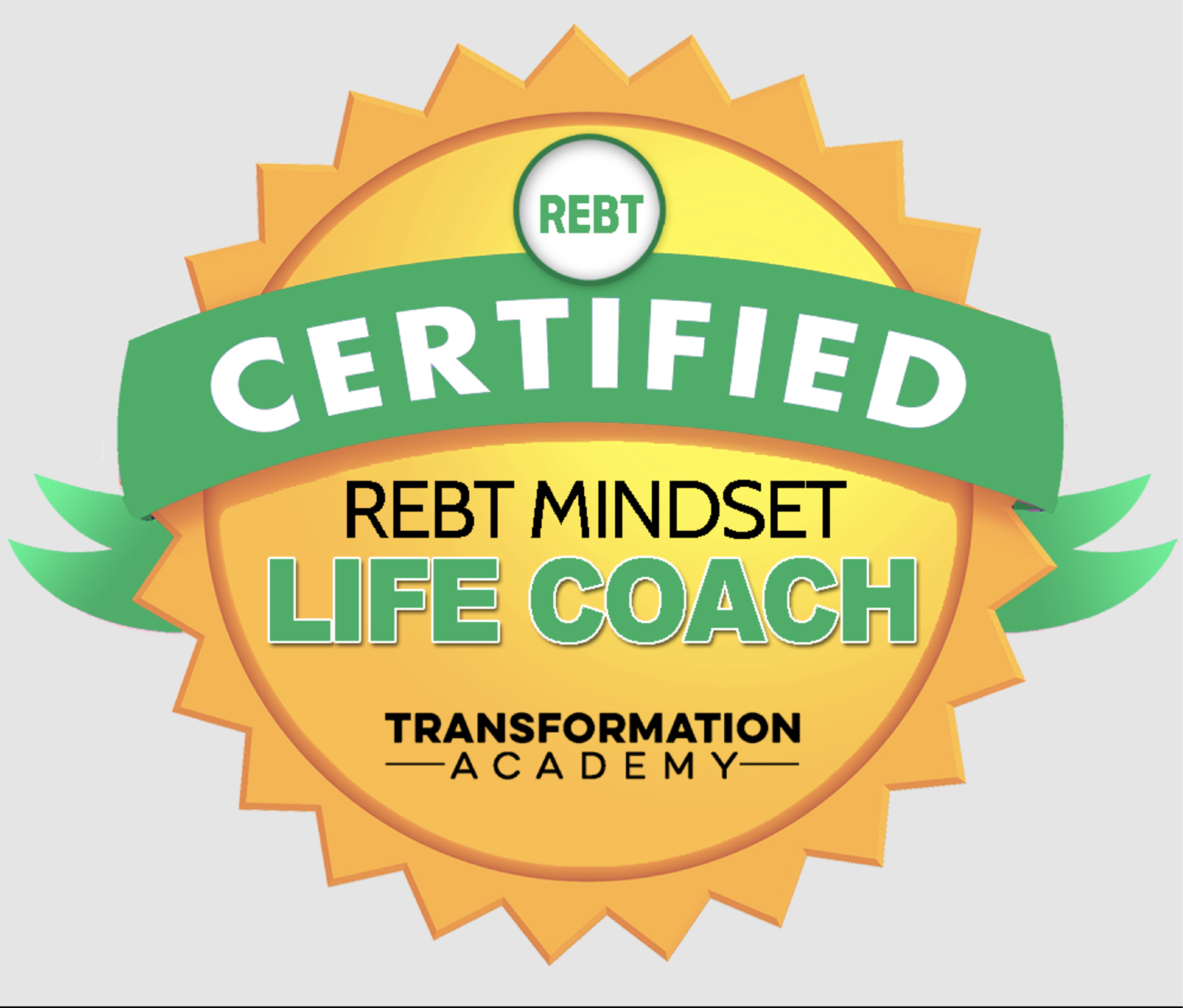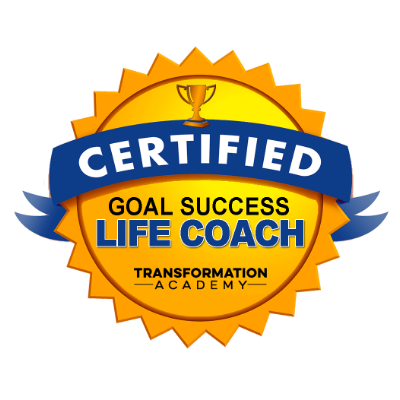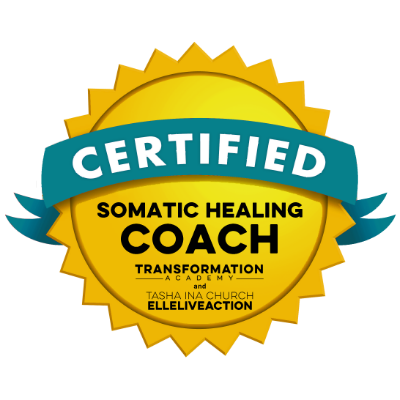Using Visualization To Attract Better Things To Your Life

Visualization isn't a new technique. Like meditation and yoga, it has been in use for thousands of years. It has an ancient history, it is only just being embraced by the Western world. Though, it still gets a bit of a bad rep as being woo-woo. You don't need to be a spiritual person to use visualization or enjoy its benefits. And it's used by a wide variety of people, from CEOs to musicians and professional athletes like Michael Phelps and LeBron James.
To sum up the concept, visualization is essentially imagining what you would like to achieve in the future as though it has already happened. It engages all of your senses and is supposed to subconsciously guide you to your goal. It's a consistent reminder that trains your brain toward success.
There are two types of visualization, outcome, and process. Outcome visualization is imagining your desired future destination. Process visualization is envisioning every single step towards that outcome. For best results, you should use both of these types in tandem.
Visualization is a useful tool because it helps you take a step back to focus on what truly matters to you. Are you going to create the environment you want or will you simply respond to the environment you are in? Visualization is the former. You are directing your brain to focus on specific things.
You can use it to build self-confidence, improve performance, increase attention, engage your brain, and shape your future. It can also help you beat anxiety.
Visualize Your Desires

Start your visualization journey by looking at your current satisfaction level with the different areas of your life. You should also create a list of your values if you do not already have a firm grasp on this. There's always one value that rises to the top and should be your North Star. Ultimately, your values should guide your decisions.
1. Detailed Writing
You need all of your senses for this but start the visualization process by writing about what you want in detail. When you include sensory images in the process you create a more palpable vision. It will help you stay motivated to follow through. Add in more and more details until you truly feel as though you're living the experience.
2. Conjure the Emotions
The more you feel the emotions associated with achieving your desired outcome, the more motivated you will be to keep pushing toward the goal. It's important to understand that visualization isn't a hack, it has to be backed up with action. But the more you believe it can happen the more likely you are to take action.
3. Take Action
Now that you've detailed your visualization in writing and associated emotions with it, it's time to take action toward your desired outcome. And it isn't action here and there, it needs to be consistent daily action. You will run into obstacles, and there will be challenges, but you can close your eyes and imagine a plan to address those setbacks.
4. Seek Knowledge
If you are lacking in knowledge in a particular area, you need to speak to an expert, do some research, or enroll in a class. Knowledge can help you detail your visualization further, which will help you determine what steps are required to get you where you want to go.
5. Make Time
Make time to visualize, carve out at least two daily sessions for 5-10 minutes each. Close your eyes, visualize your desired outcome, engage all of your senses, and finish by writing it all on an index card you can refer to regularly. You can reinforce your visualization with a vision board.
If you use visualization correctly, it can help you make good decisions and create the life you want.
Click the link below to book your free clarity call or free virtual coffee chat.
Grab a copy of our newletter by completing the form below, this will then be sent to your inbox every month.
My Affirmation For The Week
"Creativity is contagious. Pass it on."
